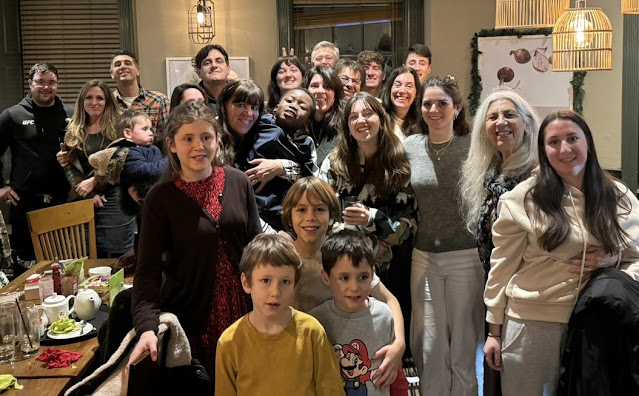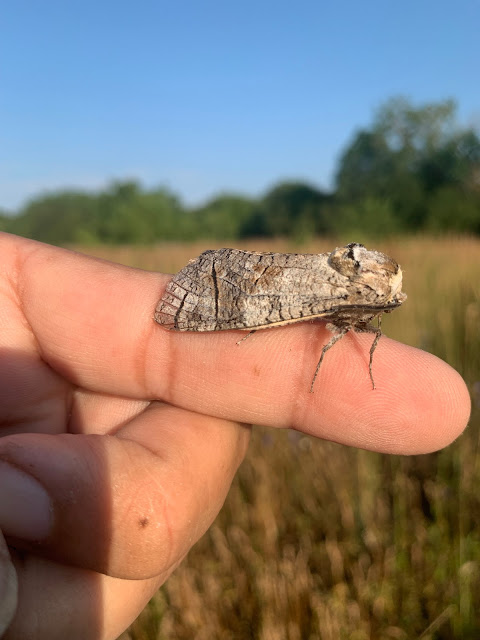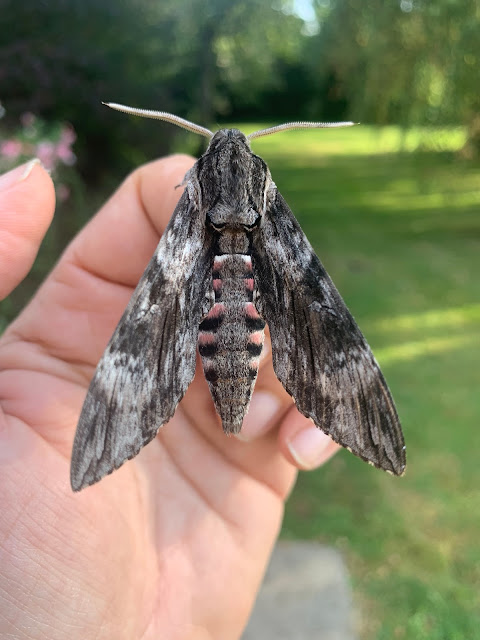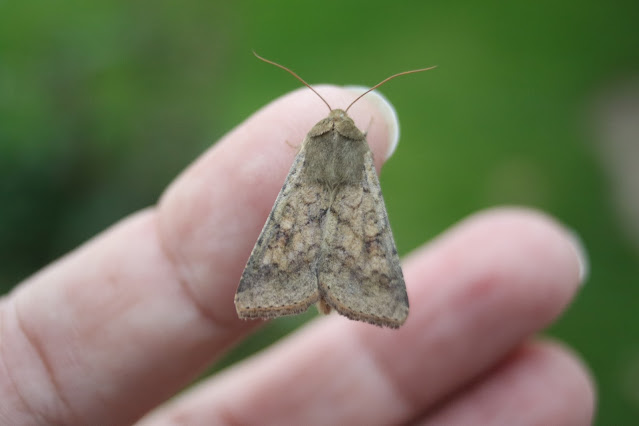Thursday, 28 December 2023
Xmas bits
Tuesday, 26 December 2023
The Year in Numbers
Here's a few numbers to indicate progress with Little Oak Group in 2023 using a triple bottom line framework; Economic, Natural and Social Capital to measure growth indicators in our projects and concerns HERE. Unlike previous years I've stripped out some details and also focusing more on our family stake in the group in line with the focus on this blog.
Highlights included a pretty big haul of bird and moth rarities this year, preparing to move to a coastal homestead, economic targets met on the commercial ventures, good progress on the Bulgaria project and an epic birding trip to Corvo in the autumn.
ECONOMIC
CAPITAL
Income/Profit for 2023
Approx. 25% profit across
handled contracts from Little Oak Tree Care and income from property portfolio and other investments.
Net assets
Land, properties, enterprise
values and holdings in green stocks, bonds and cryptocurrency. NAV approx. £1.5 million.
NATURAL CAPITAL
Land (not including property) owned and directly managed
Approx. 2 acres (3/4 acre in Sussex in progress and one acre and a bit in Bulgaria)
Land managed indirectly/ contribution to
management
Little Oak Tree and Garden care service
over 500 private gardens and communal blocks equal to approx. 64 acres not
including nature reserves and public spaces (large areas over 500
hectares).
Project Species Inventory Totals
The Old Vicarage: 1030 species (including
priority species) all time (after I-record re-classifications), 469 species of
moth in 2022 and 633 moth species all time
Beddington Farmlands: 2000+ species
(including priority and red data species) all time. (See reports/website)
Bulgaria : 336 species of moths and butterflies here and 167 bird species here
Natural Capital Monitoring Effort
Indicators
Ebird checklists in 2023: 220 (approx. 500
hours)
Irecord checklists in 2023: approx. 121
(approx. 250 hours)
Bird Species recorded in 2023: 344 HERE
Moth species recorded in 2023: Approx 750-800: 469 at the Old Vicarage, 272 in Bulgaria HERE and a few more at Portland, Beddington, Corvo and Gran Canaria.
Rarities found: Birds: Steppe Gull (Az), Wood Thrush, Grey Catbird (with David), Surf Scoter, Philadelphia Vireo, Buff-breasted Sandpiper, Common Yellowthroat, Swainson’s Thrush, Grey-cheeked Thrush, Scarlet Tanager, Red-eyed Vireos (Azores), Little Bunting (Bulgaria). Moths: Black-and-white Dart and Candlestick Dart (Bulgarian rarities), Beautiful Marbled, Scarce Bordered Straw, Convolvulus Hawkmoth, Dark Crimson Underwing at the Old Vic , Cydia interscindana in London, Luperina rubella and Cervyna ceravago were first for Bulgarian I-Nat project
Carbon Accounts
Need to actually work out some metrics on these.
Carbon sequestration assets: Land, managed
green spaces, planting projects in 2023, habitat improvements in Bulgaria
project.
Carbon Credit Investments: Shares in Carbon
capture projects
Net Biodiversity Gain Accounts
Need to actually work out some metrics on these too.
Biodiversity Net Gain Projects: Owned land, impact on land we manage and land we campaign for.
SOCIAL
CAPITAL
Facebook Pages Metrices
Beddington Farmlands: 4.2 google stars, 1.9K
followers
Thee Bryans: 1.2K followers
Blog Views
267,000 views in 2023, 2.05 million all time
for Non-stop Birding (the Corvo blog gets another 14K or so mainly in
October)
Publications in 2023
Portuguese Rarities Committee Report (1),
Azores Local Reports (1), Birdguides Article (1), Trip Reports (5 on
Ebird).
Total Number of Project Publication Reads
on Research Gate
18293 reads (all time) 125 research interest
(which is 68% higher than average on this platform)
Other social media metrics
Present on Twitter and Facebook in personal
capacity and comfortably engaged.
Personal bird and moths lists
World bird list: 3189 (Bubo) 20 lifers in 2023 mainly due to taxonomic changes.
WP bird list: 724 (River Warbler,
Gran Canaria Blue Chaffinch, American Bittern, Catbird, Chaffinch splits etc)
(Netfugl ranking 92)
False WP list: 934 (Netfugl ranking 47)
WP mammal/cetacean list: 101 (Kept in Aulagnier et al plus Cetaceans from Wikipedia, added Steppe Mouse and Goitered Gazelle, omissions from 2022)
WP Moth List (mainly UK so
far) : Approx. 1000, 633 at the Old Vicarage, 50+ elsewhere in UK, approx. 300 in Bulgaria and a few scattered elsewhere)
Azores Bird List: 255 (Ebird) Two new this year. Number 2 ranking on Ebird.
Bulgaria Bird List: 288 (Ebird) Twelve new this year. Number 23 ranking on Ebird.
Beddington Farmlands Bird List: 224 (nothing
new). Number 1 ranking on Ebird.
Oxfordshire Bird List: 172 (Two new this year)
Surrey Bird List: 243 (Nothing new)
The Old Vicarage Bird List: 97 (Two new ticks
this year)

















.png)
























































